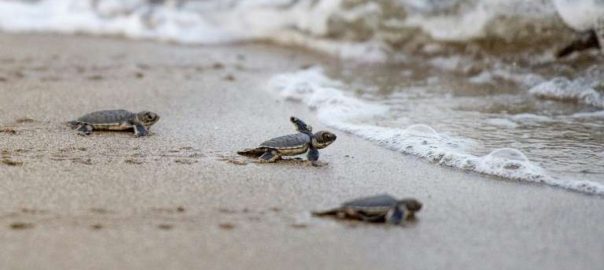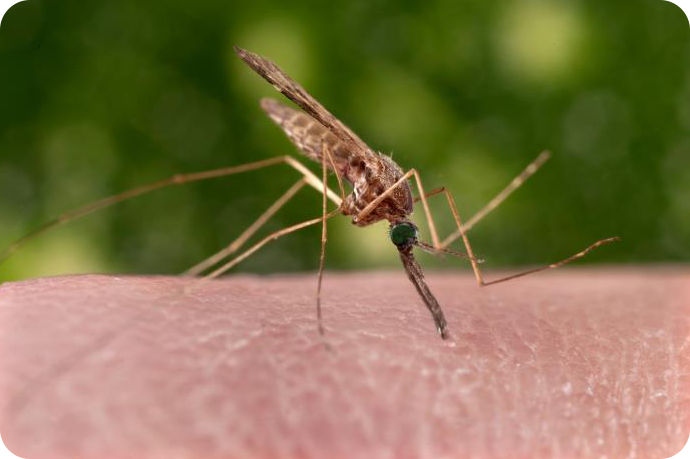Your questions answered. Each week we pick a question asked by our readers and answer them using the help of our resident experts and occasionally guest scientists and researchers eager to resolve your doubts related to the flora and fauna of India. If you have a question, send to contact@indiasendangered.com, or reach us on our social media handles – Twitter, Facebook.
In most animals, the gender of the offspring is decided during fertilization. But in sea turtles it is different. It is the temperature at which the egg is developing which decides whether the offspring will be a male or a female. This is known as temperature-dependent sex determination or TSD.
Mother turtles lay eggs by creating nests along sea coasts and burying the eggs in the sand. If the temperature of the sand is below 81.86 degrees Fahrenheit (27.7 degrees Celsius) during incubation, the babies coming out of the eggs will be boys. If the temperature is above 87.8 degrees Fahrenheit (31-degree Celsius), the babies coming out will be girls.
In between this temperature range, the baby could be either a male or a female.
Also Read: Has Anyone ever Seen a Malabar Civet?
Turtles are not the only animals that show TSD. In crocodiles and alligators too the gender of the baby is decided based on the temperature of the surrounding soil or sand as in some fish species. In crocodiles, however, unlike turtles, both low and high temperature leads to females and intermediate temperatures result in males.
Scientists believe that as temperatures continue to rise because of climate change, the ratio of female to male turtles could rise disproportionally.
A research in 2019 found that while the temperature is largely the factor that controls the gender of the turtle offspring, the embryos have a certain amount of control over it. The embryos keep moving around the egg which has a temperature range difference of around 4 degrees Celsius. The movement of the embryos within the egg thus can turn them into a male if they are towards the lower temperature range and a female if they are moving in the high-temperature point of the egg!
“Embryonic thermoregulation can be limited if the thermal gradient within an egg is too small, or if the embryo is too large to move around or too young to have developed these abilities yet,” says Wei-Guo Du, professor at the Chinese Academy of Sciences who conducted the study.
Also Read: What is the difference between extinct and extinct in the wild?





